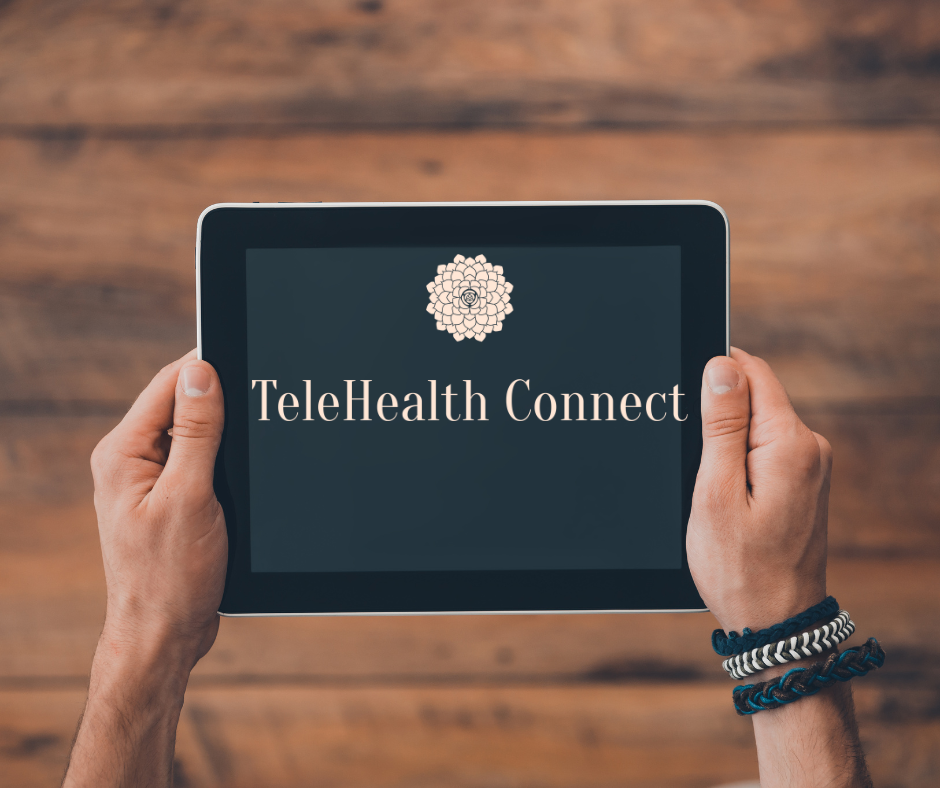Vaccination stands as one of the most effective tools we have to protect ourselves and our families from serious, preventable diseases. Yet, keeping track of necessary shots—from infancy through adulthood—can feel overwhelming. Immunization schedules are detailed, complex guides based on age, medical history, and specific risk factors. Fortunately, modern healthcare delivery offers a powerful solution to navigate this complexity: Telehealth immunization management.
Telehealth effectively connects individuals and their healthcare providers, ensuring you receive necessary guidance and information even when an in-person visit is impractical or impossible. This shift extends where and how care is delivered, leading to a stronger healthcare system that supports optimal immunization adherence.
Understanding the Importance of Immunization Schedules

Both children and adults rely on recommended immunization schedules developed by experts like the American Academy of Pediatrics (AAP) and guidance from the Advisory Committee on Immunization Practices (ACIP).
Why Timing is Everything
Immunization schedules are not arbitrary; they are meticulously designed to work best with the body’s immune system. The timing for each dose is based on two key factors:
- Optimal Protection: The age at which a person’s immune system provides the best response and subsequent protection after vaccination.
- Risk Balance: The earliest possible time to provide protection, balanced against the age when the individual is at the highest risk for contracting a specific disease.
For healthcare providers, determining the correct vaccinations requires a detailed, multi-step process:
- Determine recommended vaccines based on age (e.g., adults 19+ years or children birth through 18 years).
- Assess the need for additional recommended vaccinations based on medical conditions or other indications.
- Review vaccine types, dosing frequencies, and intervals, and considerations for special situations.
- Review contraindications and precautions.
The Risk of Falling Behind
Following the recommended schedule is the best way to keep individuals healthy. Spreading out vaccines over a longer period is not generally recommended because it leaves the immune system waiting for protection against preventable diseases. While pediatricians can explain which shots a child can get to catch up if a dose is missed, on-time immunization is vital to maximize protection against infections like measles, pertussis, influenza, and COVID-19. We continue to need vaccines because diseases that were once rare, like measles, can start to rise again when fewer people follow the recommended schedule.
Telehealth Immunization Management: A Modern Solution

Telehealth immunization management leverages virtual technologies to simplify adherence, improve access, and ensure patients receive personalized guidance regarding their vaccine needs.
Telehealth and virtual care are safe, effective, and secure modalities that expand the geographic reach and expertise of healthcare providers, providing millions of people in both rural and urban areas access to appropriate care when and where they need it.
How Virtual Care Supports Vaccination
Telehealth utilizes several approaches that directly benefit immunization tracking and patient education:
- Virtual Visits for Consultation: Live, synchronous, interactive encounters via video or phone allow patients to consult with a healthcare provider without needing an in-person trip. This is ideal for discussing complex schedules, reviewing family health histories, and making shared clinical decisions (such as deciding on certain pneumococcal or meningococcal vaccines).
- Asynchronous Guidance (Chat-based Interactions): Patients can use mobile apps to communicate health data to providers, who can review the information and deliver a consultation or treatment plan at a later time. This helps manage follow-up questions about vaccine side effects (which are usually mild, like low fever or localized pain) or planning for catch-up schedules.
- Improved Patient Education: Telehealth facilitates resource sharing, allowing providers to guide patients confidently through questions and concerns about routine pediatric vaccination, maternal vaccination, and adult vaccination. This is essential for addressing false rumors or unsupported claims often found online. Resources can explain concepts like how vaccines work and why they are safe and effective.
Accessibility and Cost Efficiencies
Telehealth improves efficiencies by reducing or containing the cost of healthcare through better management of chronic diseases, shared staffing, and reduced travel times. By utilizing Telehealth immunization management, patients experience:
- Improved Access: Virtual care brings services to consumers in distant locations, ensuring underserved and vulnerable populations can connect with a provider regularly.
- Reduced Stress: Telehealth technologies reduce travel time and related stresses for the consumer and their family.
- Quality Outcomes: Studies have consistently shown that the quality of care delivered via telehealth is comparable to traditional in-person consultations.
Next Steps for Your Family’s Health

Vaccines are safe, effective, and save lives. Whether you are reviewing the adult schedule (which includes vaccines like COVID-19, Influenza, and Tdap) or making sure your children are protected from diseases like polio and rotavirus, adherence is non-negotiable.
Telehealth immunization management provides the convenient, expert support you need to maintain proper protection across every life stage. Don’t wait until you fall behind—utilize virtual care to review your health status and plan your necessary vaccinations.
Contact us today to book a virtual appointment with our team to review your family’s immunization schedule and ensure you are up-to-date.
See how telehealth is transforming your health in these related articles:


